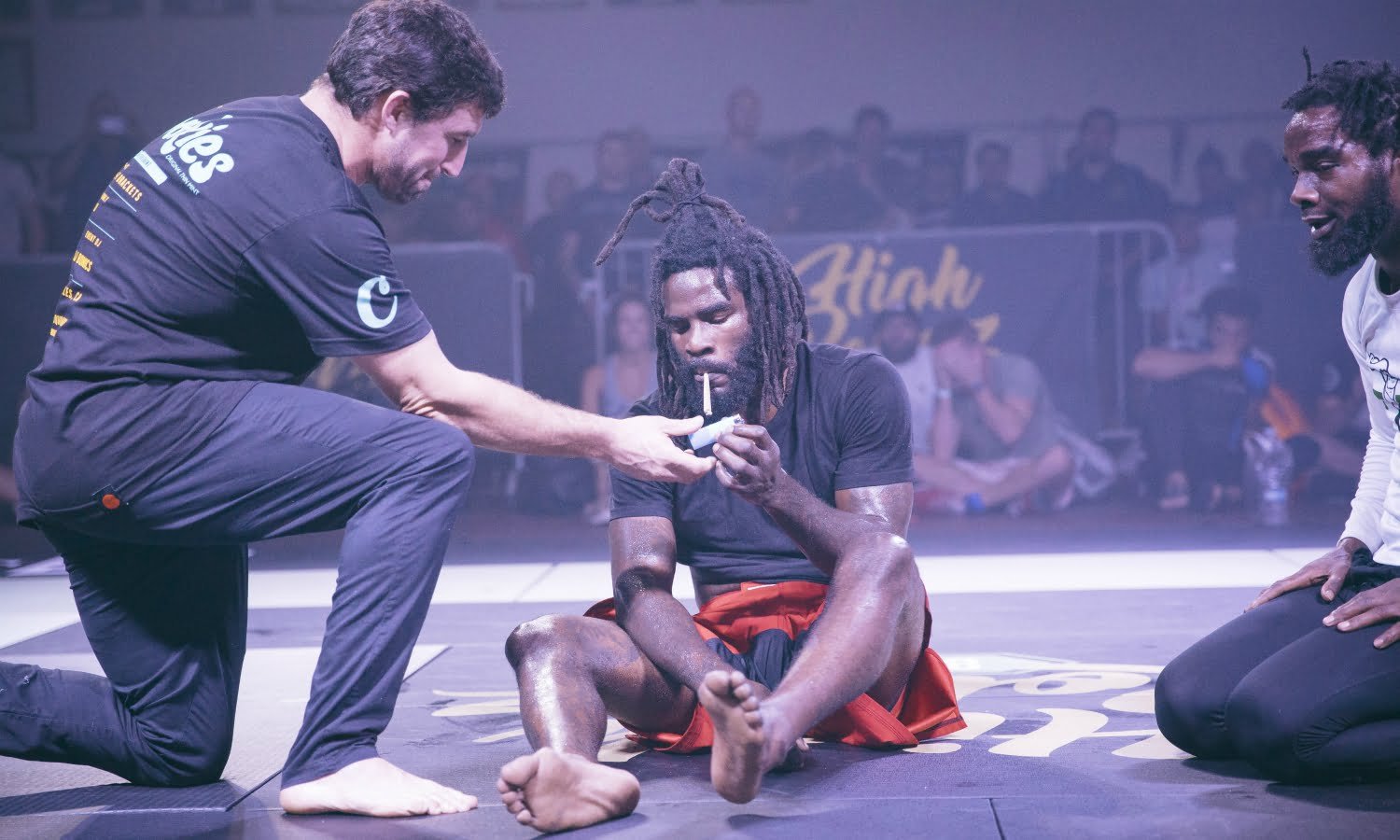
Medical marijuana doesn’t enhance athletes, it helps them
Medical marijuana is legal in 33 states and the District of Columbia.
The plant has been prescribed for patients that suffer from or have cancer, glaucoma, HIV/AIDS, Hepatitis C, ALS, Crohn’s disease, Alzheimer’s disease, cachexia or wasting syndrome, severe and chronic pain, severe nausea, seizures (including epilepsy), and severe or persistent muscle spasms (including multiple sclerosis). Medical marijuana isn’t allowed to be purchased over the counter, it must be prescribed by a licensed physician and most patients must have a special card to acquire medical cannabis from a dispensary.
I want to explore its use in the field of medicine more importantly by athletes.
With a rising demand for natural/organic medicines, cannabis compounds, like Cannabidiol (CBD) and Tetrahydrocannabinol (THC), are becoming increasingly popular due to their wide range of health benefits. THC is the portion of cannabis that has the reaction that creates signals in which are sent to the brain, resulting in the psychoactive effects of “getting high”, the primary reason why people use marijuana recreationally. In contrast, CBD does not cause the psychoactive effect induced by THC and CBD neutralizes these effects.
According to Marijuanadoctors.com, “opioids are among the most abused pain medications, resulting in more than 183,000 people dying of an overdose of the drugs between 1999 and 2015. In 2014, almost 2 million people in the U.S. were abusing or were addicted to opioid drugs,” according to the Centers for Disease Control and Prevention (CDC) and, “estimates from the Kaiser Family Foundation show more than 21,000 died from overdoses in the same year.” In this country, we are having a problem with opioid addiction, with medical marijuana, addiction is considered an issue or long-term problem. Medical cannabis is a safer option since it’s not physically addictive and there have been no reports of overdose deaths.
Now moving to the world of sports, former NBA player and current Big 3 star Al Harrington has founded his own medical marijuana company called Viola. Al tells a personal story about when he had knee surgery that lead to a staph infection that was life threatening, this is when he was introduced to CBD. He has since said, “I’ve had three surgeries since I got introduced to CBD that day in Vail, Colorado, and I have never touched a vicodin, oxycontin, anything. For any surgery, any bad times I go through, I treat myself with cannabis.” Like I said previously he is a star in the Big 3 basketball league which announced last year it would allow its players to use medical marijuana for pain relief and recovery.
The NFL is even considering softening its stance on medical cannabis when they renew their collective bargaining agreement in 2020. The NFL is looking at cannabis as an alternative to opioids in dealing with pain, something every NFL player experiences to one degree or another. Recently suspended defensive lineman David Irving, has stated he would rather leave the NFL than adhering to a flawed drug testing system within the league. He stated on his Instagram account that he would rather use CBD than Xanax bars or hydros (hydrocortisone) given to him by the NFL (Irving has had a checkered past when it comes marijuana use). Many current players and former players to include Joe Montana, Ricky Williams, Franco Harris, Jack Ham and Mike James have come out in favor of marijuana use for pain management and believe cannabis can provide relief for those suffering from pain without having to use opioids.
The Scrap News recently published an interview with UFC fighter Elias Theodorou who is fighting for medical equality within the UFC. UFC teamed with USADA (Unites States Anti-Doping Agency) in 2015 to test fighters for steroid use and marijuana (used to be a banned substance until this year). UFC allows the used of CBD, but not THC. Elias stated during his interview with The Scrap News, that he suffers from bilateral neuropathic pain, meaning he has pain from nerve damage to his upper extremities, elbows, wrists and shoulders are constantly hurting. He can use THC when he is considered out of competition, basically up to the last month of training leading into a fight. Elias states that the last month of the training is the most stressful to the body and this is when he should be allowed to use THC to help relieve the pain and soreness. USADA classifies THC as a performance enhancer, even though the chemicals in THC give the fighters no advantage.
“Weed” has a bad reputation as a recreational drug only because some see it as a gateway drug to more addictive and destructive drugs. It’s time light is shed on how the medical field could use marijuana to help put a dent in the opioid crisis we have in our country today. Sometimes, the old ways aren’t always the best ways, an alternative could be the way to improve or get rid of the old ways.



Average Rating